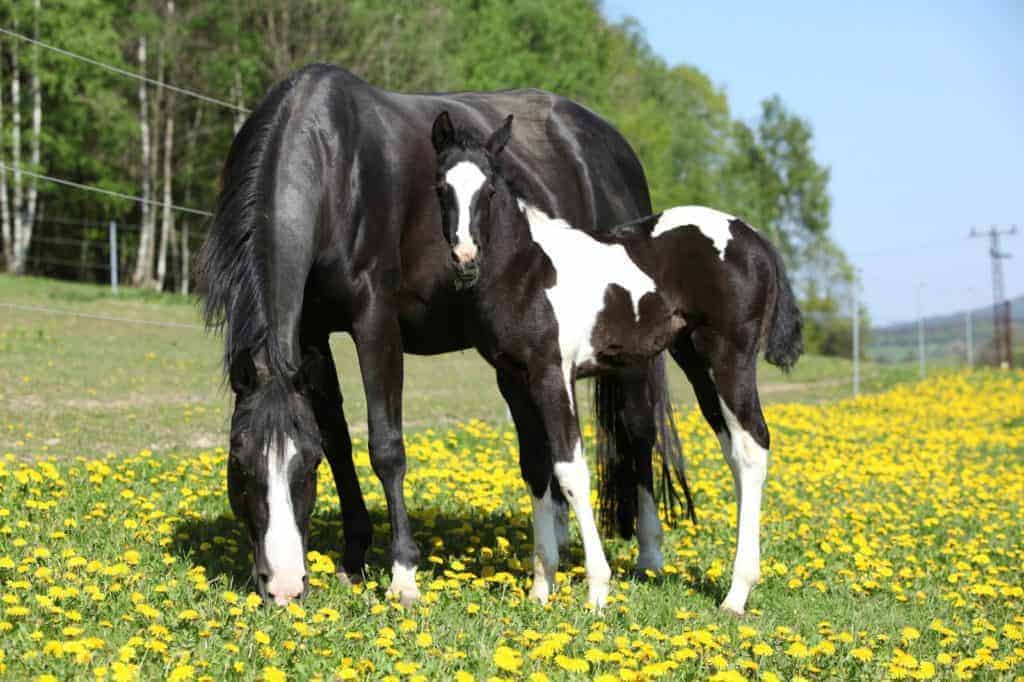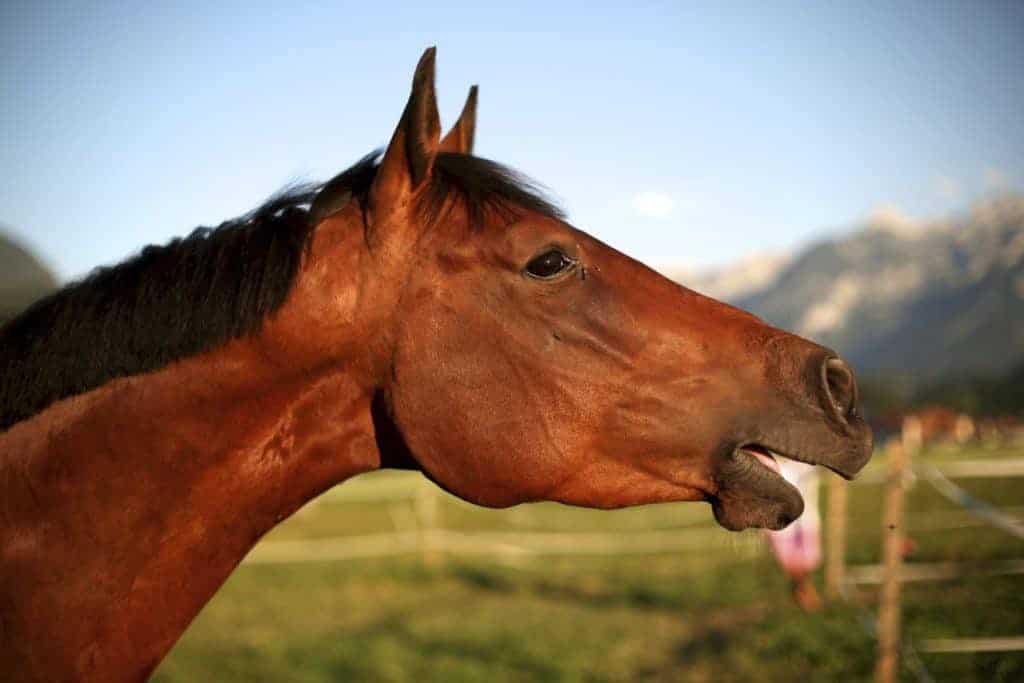
Maximizing Cooled and Frozen Semen’s Fertility
Learn about the steps vets and stallion managers can take to help improve the quality of cooled and frozen semen.

Learn about the steps vets and stallion managers can take to help improve the quality of cooled and frozen semen.

Understanding which factors hinder sperm production can help managers and vets take steps to help improve fertility.
Lecture topics will include mare, stallion, and foal care; navicular syndrome; the digestive tract; and more.

Researchers noted differences in the probability of producing a filly or colt based on the mares’ and stallions’ ages.

Domestic horses’ reproductive efficiency is often lower than that of feral horses. Does modern husbandry play a role?

Are you considering breeding your mare? Do your homework ahead of time to ensure it’s the right choice for you.
The symposium featured research on equine nutrition, exercise physiology, reproduction, management, and more.

Infertile mare? Deceased stallion? No problem! Equine reproduction is now high-tech enough to overcome these hurdles.

Stallions with low-pitched whinnies were more fertile and more attractive to mares than those with high-pitched voices.

One vet said sperm quality thresholds his team identified can help practitioners make better breeding decisions.

Dr. Nancy Diehl offers advice on keeping stallions happy and safe during routine handling and breeding.

Of the 1,485 respondents, 605 (41%) said they prefer to own geldings.

Davolli has conducted research on hormone therapy in stallions as well as other breeding-related projects.

Studies covered biofilms, chilled and frozen semen, endometritis, placentitis, oxidative stress and fertility, and more.

Implementing a proper vaccination regimen for breeding stock is key to minimizing EVA’s spread around the world.

Equine sexually transmitted diseases can affect pregnancy outcomes and breeding stock welfare.
Stay on top of the most recent Horse Health news with
"*" indicates required fields